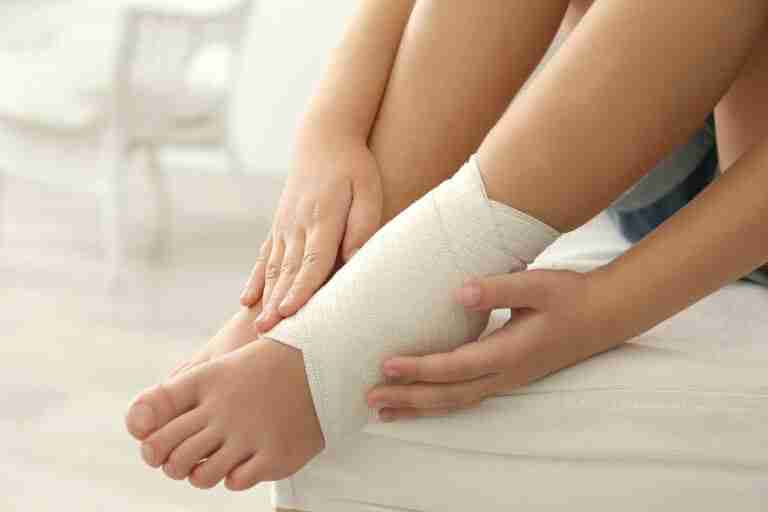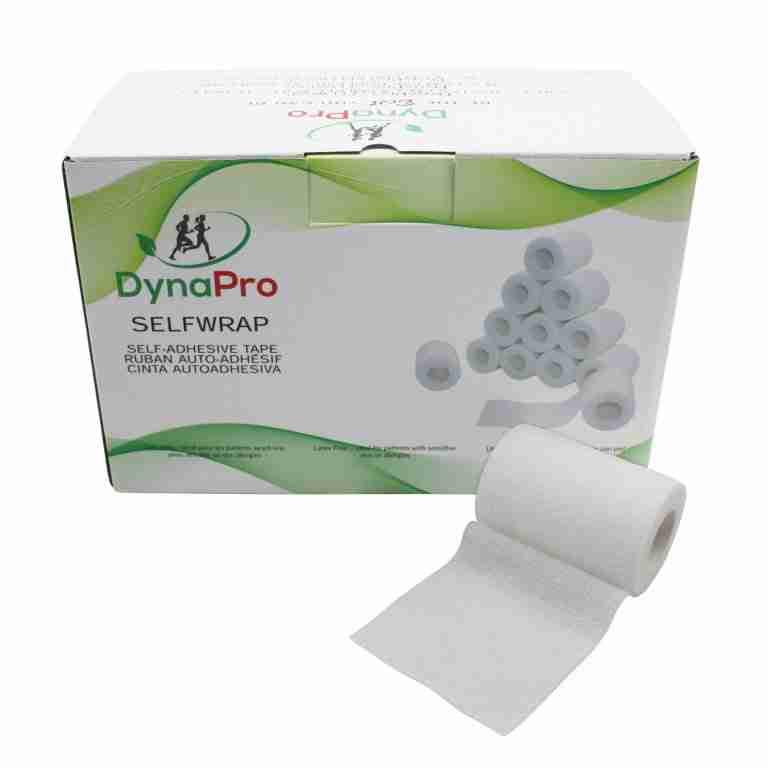Athletic Taping vs. Bracing – Pros & Cons
Athletic taping using adhesive tape is a popular treatment for repetitive stress injuries, and especially for those resulting from sports activity. Taping is commonly used by sports physiotherapists for unstable knees or ankles. It is also a popular option to treat soft tissue injuries such as muscle or ligament sprains in ankles, knees and other joints. Compared to using an orthopedic brace, taping helps the patient maintain or improve proprioception in an injured joint. When used on athletes, taping will interfere less with the range of motion and overall freedom of movement. It is a low profile alternative to bracing that you can wear under clothing or footwear. You can also wear it while competing or training. In general, and maybe for many of these reasons, serious athletes prefer athletic taping to orthopedic bracing as a therapeutic or preventative solution. However, taping can also pose problems to be overcome. In this post, we compare the pros & cons of taping vis-a-vis bracing. We also suggest which situations are more suitable for either technique.
Pros of Athletic Taping vs Bracing

Athletic taping brings many key benefits relative to bracing. You can more easily adapt it to the individual shape of the patient’s ankle, knee joint, etc. In addition, there are many types of tape with varying strengths. You can use athletic tape to provide different levels of support to an injured joint. A rayon backed strapping tape like DynaPro Rigid Athletic Tape provides the highest level of support available from an athletic tape. Zinc oxide athletic tape like DynaPro Porous Zinc Oxide Tape provides an intermediary level of support. Light elastic tape such as DynaPro StretchLight provides a somewhat lower level of support albeit with a higher comfort level. The strength of the tape to apply depends, among other things, on the severity of the injury. Stronger tapes are generally required for more severe injuries.
From a cosmetic point of view, athletic tape comes in many different colors. You can choose the color to match a team’s colors or just to satisfy individual fashion taste.
Compared to custom orthopedic bracing, athletic taping is an inexpensive option. It may cost just a few dollars per roll whereas the cost of custom bracing may run to hundreds of dollars or more.
Disadvantages of Athletic Tape
Perhaps the key disadvantage of athletic taping is the fact that it requires much more specialist training than bracing does. It is not something that parents or coaches should do without the required training. Incorrect taping may actually exacerbate an injury and so do more harm than good.
Taping may also require considerable time to apply, particularly when treating larger or more contoured body parts.
In addition,. taping does not provide support for as long as orthopedic bracing. The athlete’s movement and perspiration tend to cause the binding elements in the tape to break down. As a result, even a good taping job will eventually require replacement. This can and sometimes does happen more than once during a match or training session.
Finally, although relatively cheap on a “per roll” basis, a large team can go through hundreds or thousands of rolls per season, making it a more expensive proposition than it may initially appear to be.








amazing!
i think you should add pros of bracing as well